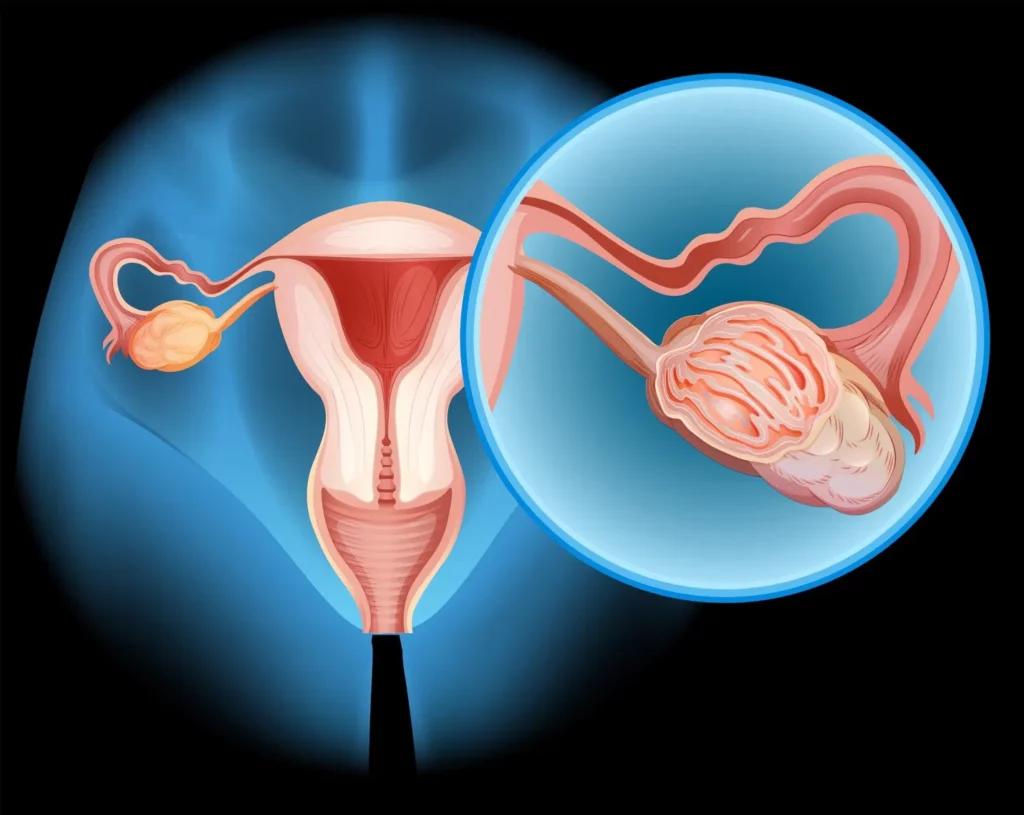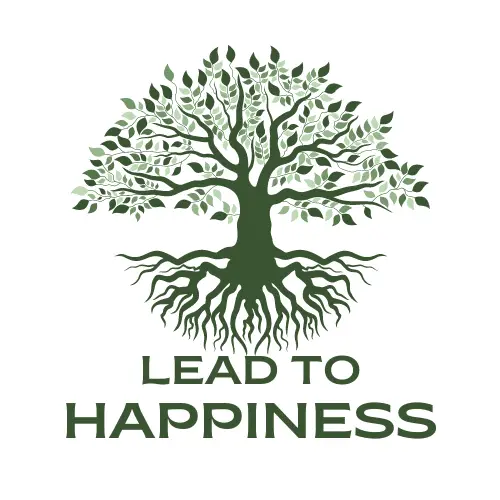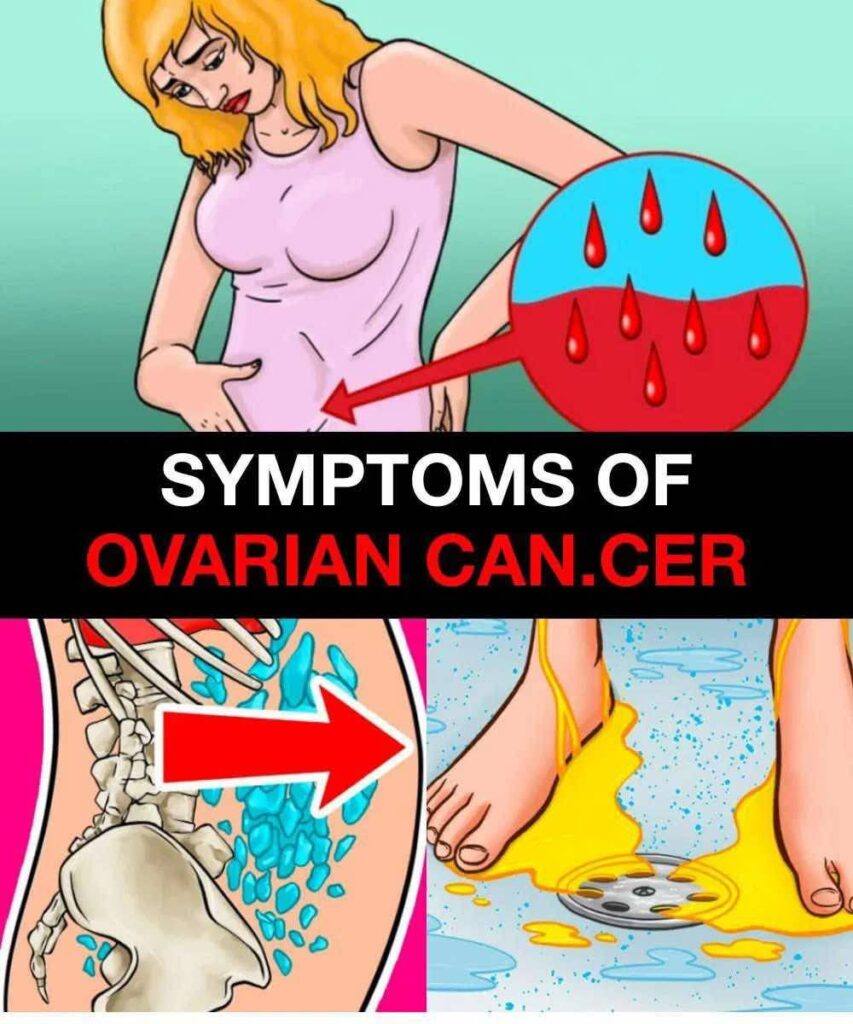You’ve heard of breast cancer. You’ve heard of ovarian cancer. But what if we told you these two devastating diseases, striking women in different ways, are often secretly linked by something fundamental within your own body? It’s a biological connection that could be hiding in your family tree, and understanding it could literally change your life.
Get ready, because the science is clear: there’s a powerful, often overlooked, bond between these two common cancers, and it’s time everyone was clued in.
The Genetic Code: Your Hidden Risk Factor Revealed!
The most critical piece of this puzzle lies in your DNA, specifically with two genes: BRCA1 and BRCA2.
Here’s the eye-opening statistic: Women diagnosed with breast cancer are TWICE as likely to also develop ovarian cancer later in life. That’s a staggering link that demands attention.
And the numbers get even more intense when we talk about those gene mutations:

If you carry a BRCA1 mutation, your lifetime risk for breast cancer can soar up to 72%, with ovarian cancer risk reaching 44%.
For those with a BRCA2 mutation, breast cancer risk can be up to 69%, and ovarian cancer risk up to 17%.
The kicker? These gene changes can be passed down from either parent, silently moving through generations. This is why a family history of either breast or ovarian cancer (even if no one in your family had both types) means your personal risk could be elevated.
Your Family’s Story Could Be Your Early Warning System!
If your family tree shows a pattern of breast or ovarian cancer, especially with multiple female relatives affected, it’s not just a coincidence. It’s a flashing light telling you to consider genetic testing for BRCA mutations. This isn’t about fear; it’s about empowerment. Knowing your genetic makeup can unlock a proactive, personalized strategy for prevention and early detection, in partnership with your healthcare provider.
Beyond Genes: Other Shared Signals to Watch For
While genetics are a major player, they’re not the only link. Other factors can also connect these risks:

- Getting older: Risk generally increases with age.
- Obesity: Maintaining a healthy weight is crucial.
- Reproductive history: Never carrying a pregnancy to term, or never having been pregnant, can be a factor.
- Hormone therapy: Long-term use of hormone replacement therapy after menopause can influence risk.
- Taking Control: Proactive Steps for High-Risk Individuals
For some women facing significantly elevated risk, proactive measures can be life-changing. These might include:

- Preventive Surgeries: Options like a mastectomy (breast removal) or an oophorectomy (removal of ovaries and fallopian tubes) can drastically reduce risk for highly susceptible individuals.
- Medication: Doctors may prescribe certain medications, like tamoxifen, to help lower the chances of developing breast cancer in high-risk cases.
- The Bottom Line: Your Health, Your Power.
This isn’t about scare tactics. It’s about knowledge. It’s about understanding that these two cancers are often deeply intertwined, and that your genetic blueprint or family history could be the critical information you need.
Don’t wait. Share this information. Talk to your family. Talk to your doctor. Understanding this vital link between breast and ovarian cancer could be the most important health conversation you have this year. Your future health might just depend on it.


